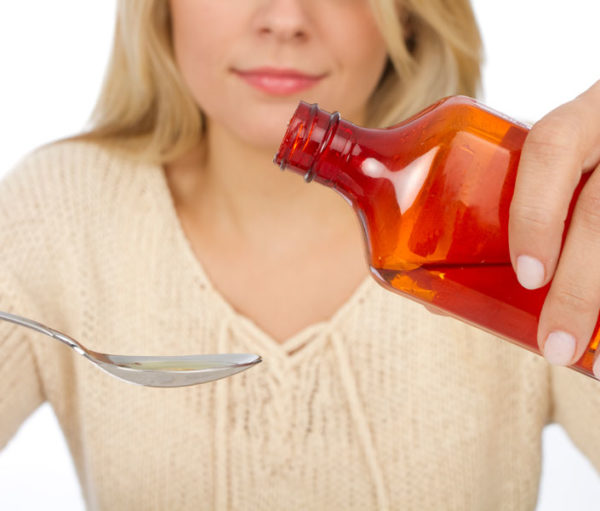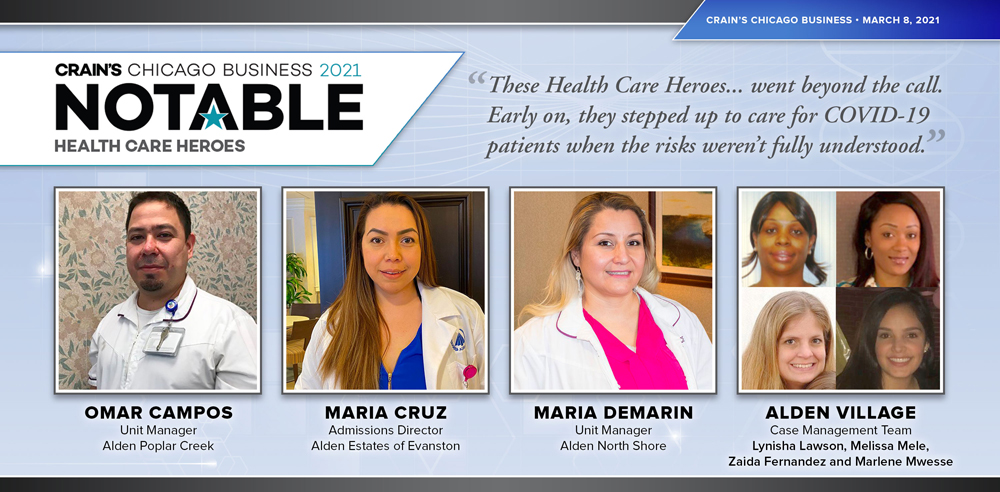Measuring Liquid Medication? Don’t Use a Kitchen Spoon!

Many older adults have trouble swallowing pills, so their doctor may prescribe a liquid version of the medications they need to take. Other medications, such as cold syrups and antacids, already typically come in liquid form
It’s important to take these medications as directed. For example, we’re usually advised to shake the container so that the medication is distributed evenly, along with flavorings and other ingredients. We also should be careful to take the recommended amount—not too much or too little. With pills and capsules, it’s mainly a matter of remembering to take the right number every day and at the right time. But with liquid medicines, things are a bit more complicated. We have to measure the correct amount of these medicines—and when directions call for, say, “two teaspoons” or “one tablespoon,” many people reach into the silverware drawer for a spoon. Is that safe?
In an experiment, researchers asked a group of people to measure liquid medication with kitchen spoons. According to study author Dr. Brian Wansink, who is head of the Cornell University Food & Brand Lab, the participants “underdosed by more than 8 percent when using medium-size spoons, and overdosed by an average of almost 12 percent—up to 20 percent—when using larger spoons. Yet, participants were confident that they had poured correct doses in all the test cases.”
Dr. Wansink says that over the course of time, this error in dosing can really add up, leading to dangerous overdosing, or taking so little of a medication that it isn’t effective.
Need convincing? Next time you’re in a department store or kitchen shop, check out the flatware display. You’ll see quite a difference in spoon size among silverware patterns. And take a look at the teaspoons and tablespoons in your own silverware drawer. Pour a teaspoon or tablespoon of water from a measuring spoon into your silverware spoon. It can be a real eye opener! Some teaspoons are actually closer to a tablespoon in size. Others are rather dainty—just right for stirring tea, but small enough that they would only hold a fraction of the recommended dose.
Dr. Wansink and his colleagues are urging drug companies to begin expressing dosage instructions in milliliters instead of teaspoons. That way, consumers will be more likely to measure these medications as recommended—with a designated medicine spoon, dosing cup, syringe or dropper. Devices for people with low vision are also available. And if you’re in a pinch and don’t have a dispenser, use actual measuring spoons, not the ones you’d use to eat your soup or stir your coffee.
Source: IlluminAge
The information in this article is not intended to replace the advice of your health care provider. Talk to your doctor or pharmacist if you have questions about the correct way to take your medications.


